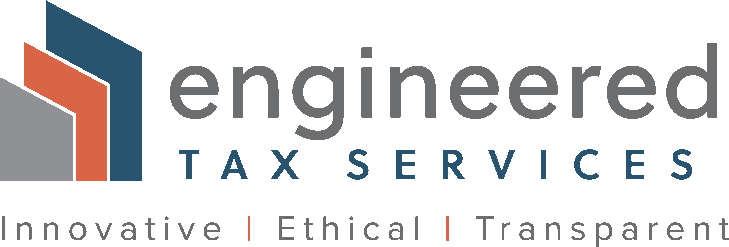 Builders, developers and property owners who undertake sustainable building projects often don’t realize that they may qualify for research and development (R&D) tax credits offered by the federal government and many states.
Builders, developers and property owners who undertake sustainable building projects often don’t realize that they may qualify for research and development (R&D) tax credits offered by the federal government and many states.
The purpose of these tax credits is to keep the U.S. at the forefront of technology and advancement by stimulating investments in technological design and innovation. The federal R&D tax credit has been in place for decades and it became a permanent part of the U.S. Tax Code in 2015 under the Protecting Americans From Tax Hikes Act (PATH Act). Two-thirds of U.S. states also offer tax credits for R&D activities.
The U.S. Environmental Protection Agency (EPA) defines sustainable construction as “…the practice of creating structures and using processes that are environmentally responsible and resource-efficient throughout a building's life-cycle from siting to design, construction, operation, maintenance, renovation and deconstruction.”
Sustainable construction practices that involve innovative processes and activities may qualify for R&D tax credits. Developers of commercial and multifamily residential structures may gain beneficial tax savings, reduce their tax liability and increase their cash flow.
In the course of sustainable construction projects, builders, developers and property owners may direct the use of tests, new methodologies and experiments with innovative designs and materials to work in unique or challenging environments. For example, a sustainable building project may involve the use of new and improved processes and practices for green building design, new HVAC installation and utility system design for increased energy efficiency.
Other sustainable development projects that may qualify for R&D tax credits include:
- Designing a functional site plan to accommodate or include sustainable features for wind energy, solar energy and water efficiency
- The incorporation of green spaces into site design and development
- Conducting environmental impact studies
- Designing sustainable HVAC, lighting or water systems for a building
- Designing the shape or siting of a building for improved energy efficiency
- Developing schematic designs
- Determining alternative structures
- Determining alternative components such as recycled materials for a construction project
- Achieving LEED certification
- Evaluating new design approaches to meet complex client requirements or building codes
- Master planning process and design to achieve sustainable construction goals
- Developing software for sustainable construction processes
Does Your Project Qualifies for R&D Tax Credits?
To determine which activities of your sustainable construction project may qualify, seek the expertise of the R&D tax credit experts at Engineered Tax Services. We can dig deeper and apply our expertise in operations, engineering, finance and tax to find more credits for your project. We’ll meticulously document your activities and eligible costs so that you can obtain the qualified R&D tax credits you deserve.
We have helped companies of all sizes across the U.S. identify and qualify these expenditures and receive the tax benefits they have been missing. Our process begins with an R&D Tax Credit Qualification Analysis to make sure your company qualifies for the R&D tax credit.
To learn more about R&D tax credits for sustainable development, please complete the form at the bottom of this page. If you have immediate questions about tax deductions for builders, developers and multi-family property owners, please call Engineered Tax Services at (800) 236-6519 or visit our R&D tax credit page for more information.





